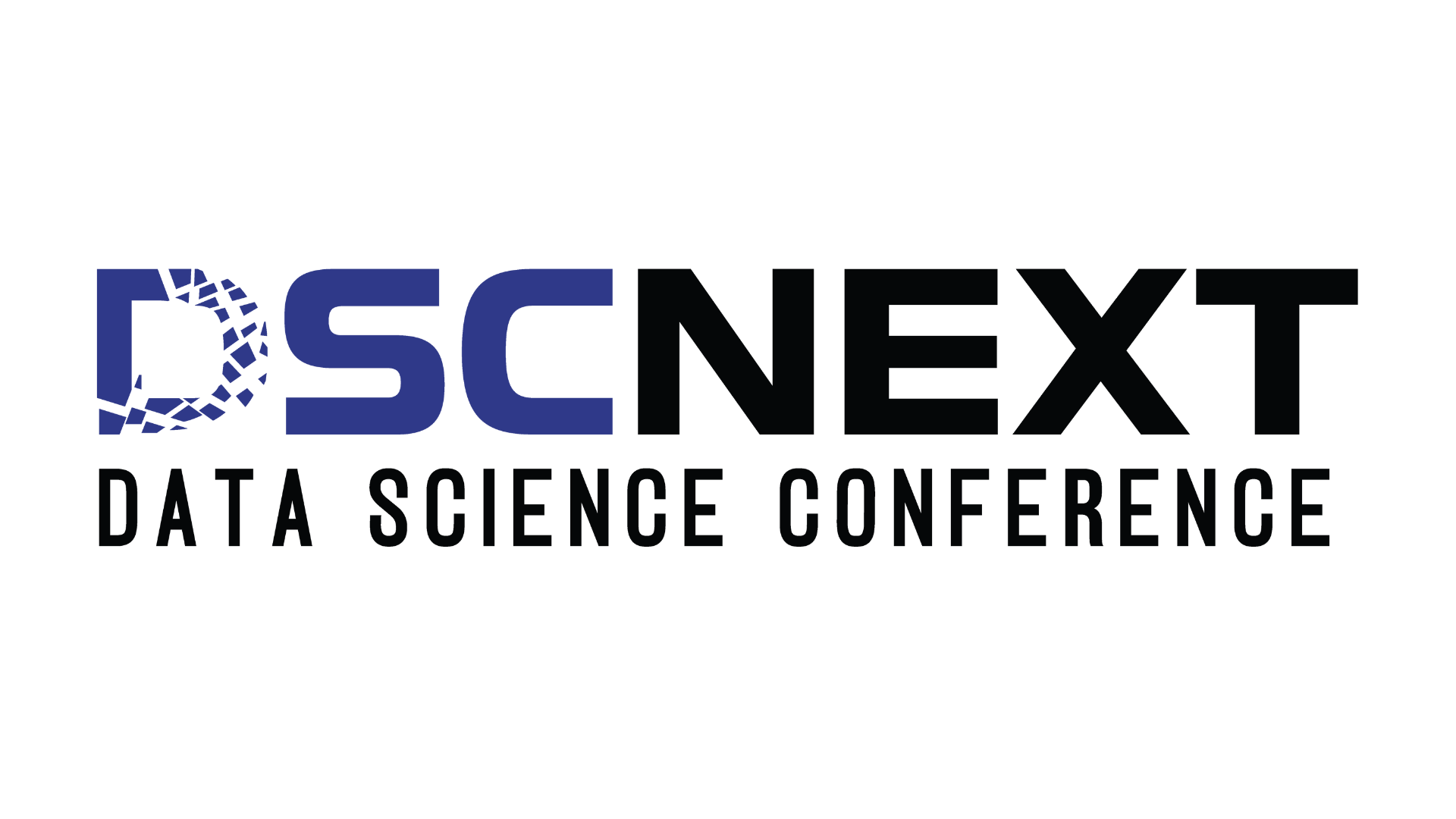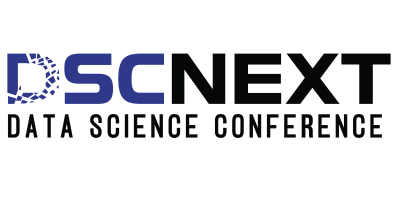
In today’s data-driven world, organizations are constantly seeking smarter ways to harness their data for meaningful outcomes. Augmented analytics marks a transformative leap in this journey by fusing artificial intelligence (AI) and machine learning (ML) with traditional data analytics. This integration enhances the speed, accuracy, and scalability of data interpretation, enabling businesses to make faster and more confident decisions.
Unlike conventional analytics—which often relies heavily on manual data preparation and domain expertise—augmented analytics automates complex tasks such as data cleansing, discovery, and correlation analysis. It empowers users across skill levels to interact with data more intuitively through natural language processing (NLP), guided recommendations, and real-time anomaly detection.
AI-driven algorithms sift through massive and often disparate datasets to uncover hidden patterns, correlations, and outliers that might be overlooked by human analysts. These insights are then transformed into predictive models and strategic guidance, delivered through interactive dashboards and easy-to-understand visualizations. As a result, decision-makers can proactively address challenges and seize opportunities with unprecedented agility
Platforms like Tableau and Microsoft Power BI have revolutionized the analytics landscape by embedding AI and ML features that streamline data exploration and insight extraction. These tools not only accelerate the analytics process but also democratize it—enabling non-technical users to uncover insights without needing deep technical knowledge.
Salesforce’s Einstein Analytics stands out as a leading example of AI-powered customer intelligence. It predicts customer behavior, tailors marketing strategies, and enhances sales forecasting with minimal manual input. Similarly, IBM Watson Health exemplifies the impact of augmented analytics in healthcare, supporting clinical decisions with AI-derived insights that improve patient outcomes. In finance, SAS leverages AI to strengthen risk management, detect fraud, and ensure regulatory compliance—saving millions and enhancing operational resilience.
As this field matures, several forward-looking advancements are expected:
Greater Predictive Accuracy
With improved algorithms and larger datasets, forecasts will become even more precise.
Hyper-Automation
From insight generation to deployment, AI will drive end-to-end analytics workflows.
Personalized Analytics
Users will experience tailored insights based on roles, preferences, and business needs.
Enhanced Data Governance
AI will bolster data privacy and security protocols, ensuring trust and compliance.
Conclusion : Charting the Future at DSC Next 2026
As augmented analytics continues to evolve, industry leaders, innovators, and data professionals will converge at DSC Next 2026—a landmark event shaping the future of AI-powered analytics. With a focus on next-gen tools, ethical AI, and enterprise adoption strategies, DSC Next will provide an immersive platform for exploring how augmented analytics is redefining business intelligence. From keynote addresses to hands-on workshops, attendees will gain actionable insights and build networks that foster innovation in data science and analytics. As the future of analytics becomes increasingly automated and intelligent, events like DSC Next 2026 will be pivotal in preparing organizations to thrive in this dynamic landscape.

